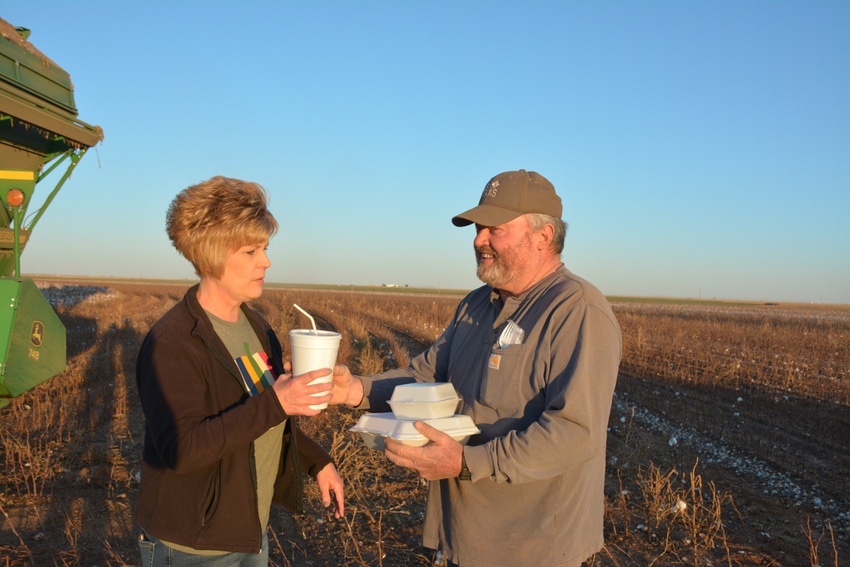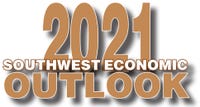
 In late September 2020, the IRS adopted new regulations concerning the tax deductibility of employer-provided meals and lodging. These rules also apply to farmers and ranchers who provide these meals and/or lodging for their employees. This article provides an explanation of these regulations and how they apply to the farm or ranch business.
In late September 2020, the IRS adopted new regulations concerning the tax deductibility of employer-provided meals and lodging. These rules also apply to farmers and ranchers who provide these meals and/or lodging for their employees. This article provides an explanation of these regulations and how they apply to the farm or ranch business.
Meals provided to the employee on the employer’s premises (the place of work) and provided for the employer’s convenience are excluded from the employee’s income. The rules state that the employee cannot be given the option of receiving additional pay in lieu of meals. In most situations, the employer can deduct one-half of the cost of employer-provided meals for 2020 through 2025 (these expenses become nondeductible Jan. 1, 2026) and the value of the meal is not included in the employee’s compensation.
Meals provided for the employer’s convenience include having the employees available to take emergency calls during the meal break or where meal breaks are short (less than an hour). An example of when a shortened meal break may occur is when severe weather conditions (such as a hurricane) threaten the harvest of crops and it is necessary to get the crop out of the field before the storm arrives.
Another situation is where eating facilities are not near to the worksite and it is not reasonable for the employee to have sufficient travel time to and from the eating facility and eat a timely meal. This is often the case where the field (workplace) and the eating facility are separated by a large distance as often is the case in rural areas.
In some situations, meal expenses may be 100% deductible by the employer but included in the employee's compensation. This occurs when meals are provided for all employees on the business premises and the cost is not a de minimis fringe benefit. As long as the meal is not considered lavish or extravagant and the expense is included in the employee’s income, the employer can deduct all the cost.
Lodging or housing may be provided to an employee as a requirement of employment. You furnish the lodging to your employee for your convenience if you do this for a substantial business reason other than to provide the employee with additional pay. Some reasons could be: if it is necessary that the employee be located on the farm to provide security for machinery and equipment or products being stored, to take care of livestock, or respond to emergencies. The employer can deduct these expenses if (1) the housing is furnished on the business premises, (2) it is for the employer’s convenience, and (3) the employee must accept the housing as an employment condition.
The cost of utilities such as water, electricity, and gas may be deducted by the employer if these services are required to make the premises livable. The employer must contract for and pay for these utilities in order to be able to deduct the cost. If the employee contracts for and pays for them, the employer cannot deduct the expense. Telephone and television service will not be deductible by the employer as these are not needed to make the house livable.
Be sure to consult with your tax advisor to obtain additional information about the new rules that apply to meals and lodging provided by the employer. It is important to know when the expense is 100% deductible for the employer and is included in the employee's income versus when the employer can deduct one-half of the expense and it is not included in the employee’s income. In addition, the Farmer’s Tax Guide, IRS Publication 225 for completing 2020 returns, contains useful income tax information for farmers and ranchers. To read the final regulations, use the following link or search for IR 2020-225.
2021 Outlook articles:
Source: is Oklahoma State University and Texas A&M University, which is solely responsible for the information provided and is wholly owned by the source. Informa Business Media and all its subsidiaries are not responsible for any of the content contained in this information asset.
Read more about:
Farm Tax GuideAbout the Author(s)
You May Also Like




